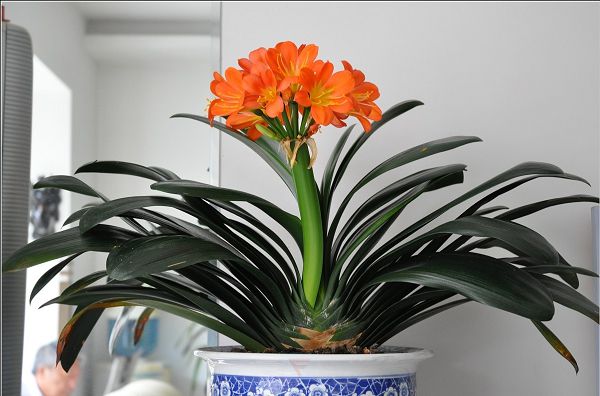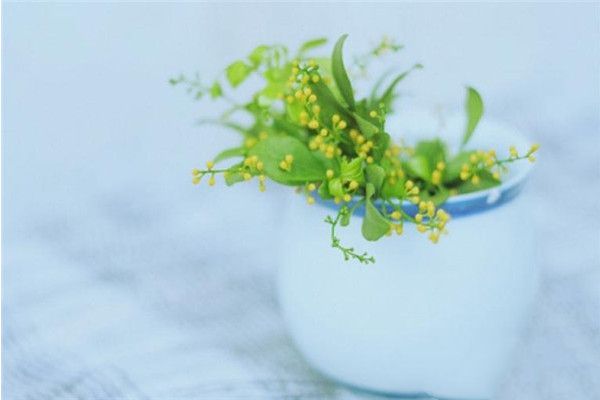The three most harmful pests of Magnolia

Magnolia, also known as Magnolia, is a perennial evergreen herbaceous flower of Amaryllidaceae. Originally from South Africa. The big flower gentleman orchid leaf color is thick green bright, the flower is large and gorgeous, the plant is dignified and beautiful, enough fine flowers, leaves and potted flowers, can also be used as cut flowers.
The big flower gentleman orchid fresh leaf is green, the fruit is numerous, the leaf, flower, fruit and beauty. The leaves are graceful, noble and dignified; when they bloom, the leaves are green and red, and they are graceful. Especially when it blossoms during the Spring Festival, it is deeply loved by people and becomes a good product for decorating halls, meeting rooms or decorating rooms. Next, I would like to introduce to my friends.
The first: slugs are omnivorous mollusks, also known as shellless worms or slugs. They specialize in eating seedlings and newly grown tender leaves, forming irregular gaps and holes, as well as damaging the arrows and flower poles. Make the new leaf begin to grow crooked according to the notched part it gnaws on, and the new flower arrow splits according to the part of the arrow pole it gnaws on, until it breaks. Cause extremely serious harm to the gentleman orchid. At the same time, the feces discharged by it, the mucus left by crawling, pollute the plant, make the bacteria invade, and make the leaf rot easily lead to soft rot.
The second kind: snail is also omnivorous mollusk, snail has shell, it also likes to eat the young tissue of plants, such as young leaves, new buds, root tip stamens and so on. Causing irregular scars or caves, the greatest harm of the snail is that after eating the new central tender leaves, the snail makes the flower core have no growing point, so that the whole plant, especially the adult orchid, can not blossom and draw arrows, can not grow new leaves, and scrap the whole plant.
The third kind: the shell insect is also one of the most common pests of Magnolia, especially the cotton blowing shell insect is the most harmful to the orchid, it is white powder, often attached to the leaves or fruits and stems, sucking its juice and secreting mucus, black hinders its growth, chlorophyll is destroyed, resulting in concave light yellow spots, seriously leading to the withering of the whole deciduous plant.
The prevention and control methods of slugs and snails are:
One is to master the characteristics that it likes to go out in the wet day and night, use manual hunting, put cabbage leaves near infested activities, sprinkle a little wheat bran or corn flour, concentrate on killing before dawn, or put arsenic or trichlorfon and other erbium rust in wheat bran or corn flour.
Second, lime barrier, in its activities around the sprinkled lime, its glue can die.
Third, 8% vermicorin or 10% polyacetaldehyde 1.5 grams per square meter. The goal of complete elimination can be achieved by using the above-mentioned methods.
The control methods of cotton blowing shell insects are as follows:
First, when the amount of shell insects is small, you can use a dishcloth or brush to remove.
Second, the outbreak has just occurred. Cotton balls can be used to touch the insecticidal body with alcohol. Third, emulsified dimethoate can be used to kill the insect body by adding water in the proportion of 1 to 800 times and then spraying it to the disease site.
- Prev

How do you water the Milan flowers? Methods of watering Milan flowers in four seasons and matters needing attention
How do you water the Milan flowers? Methods of watering Milan flowers in four seasons and matters needing attention
- Next

How to maintain orchids? Daily maintenance skills of orchids
How to maintain orchids? Daily maintenance skills of orchids
Related
- Is the orchid suitable for indoor use? Is it good for the body?
- How to prevent the empty root of orchids?
- What to do after the crab claw orchid is withered?
- Why are the leaves of orchids always yellow? Fertilizing and watering.
- Can the root of the gentleman orchid be saved if it is rotten?
- Diagnosis and treatment of cotton-blowing beetle insects in Cymbidium
- There is a way for a gentleman's orchid to rot.
- What is the most suitable temperature and humidity for the orchid?
- How to raise a gentleman's orchid? Cultivation techniques of Cymbidium
- How to prepare the nutritive soil for the cultivation of Cymbidium

